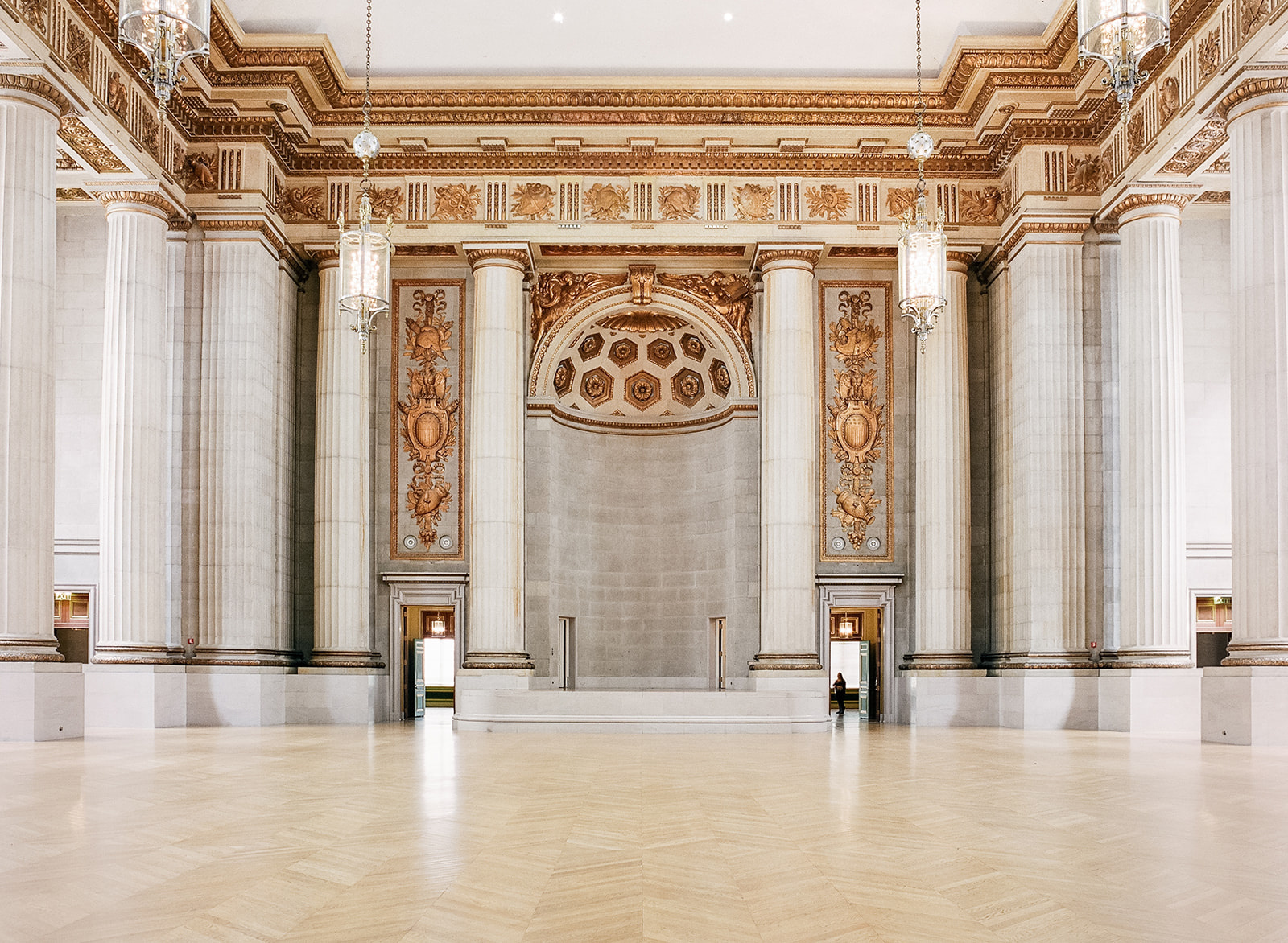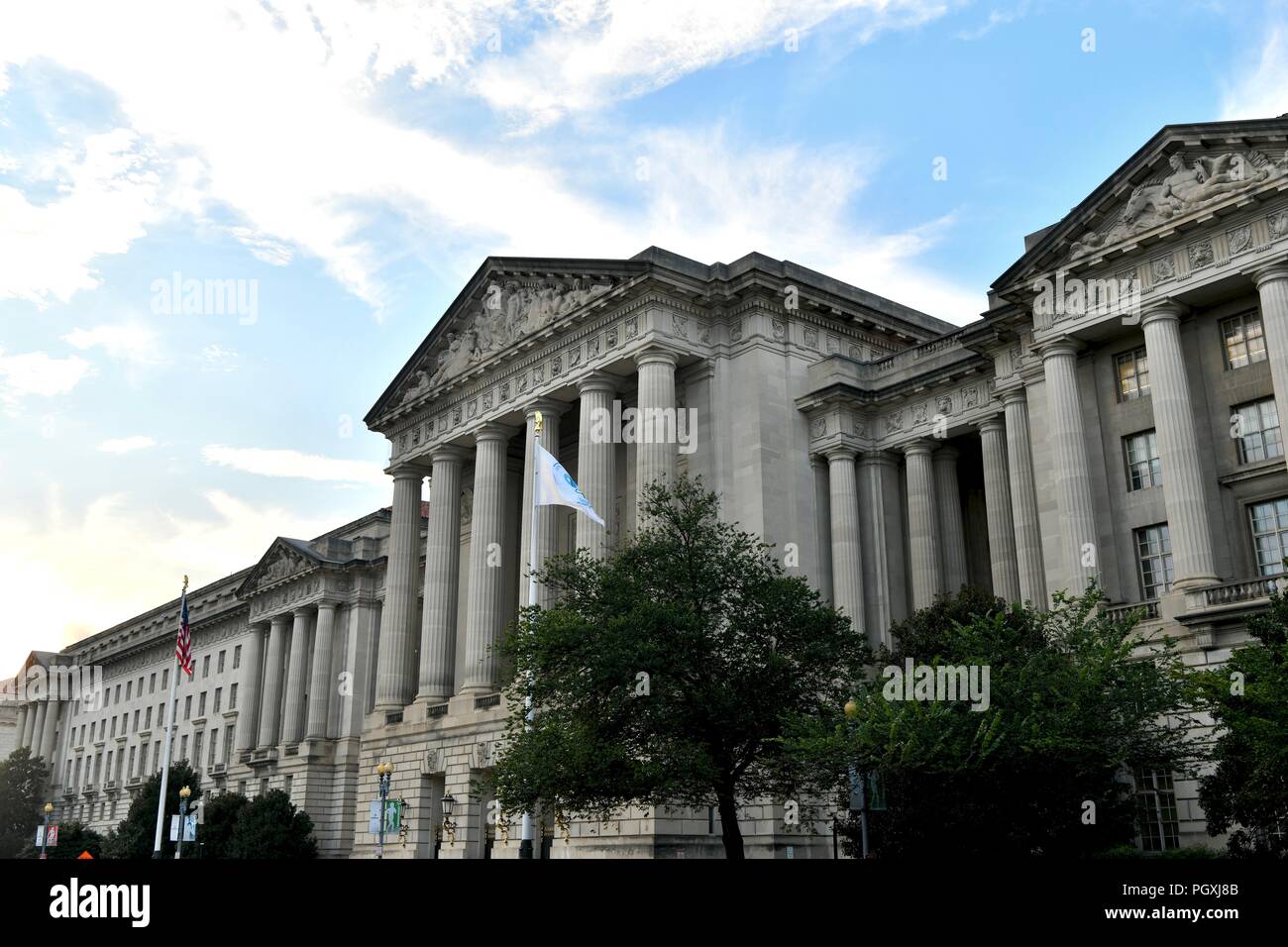Notable Events and Performances: Mellon Auditorium

The Mellon Auditorium has hosted a wide range of notable events and performances throughout its history, showcasing its versatility and cultural significance. These events have featured renowned artists, speakers, and organizations, contributing to the auditorium’s legacy as a center for cultural exchange and artistic expression.
From prestigious award ceremonies to groundbreaking speeches and musical performances, the Mellon Auditorium has witnessed some of the most iconic moments in American history. Its stage has been graced by presidents, Nobel laureates, and legendary entertainers, leaving an indelible mark on the cultural landscape of Washington, D.C.
Presidential Events
- In 1961, President John F. Kennedy delivered his inaugural address at the Mellon Auditorium, outlining his vision for a “New Frontier” and inspiring a generation of Americans.
- President Lyndon B. Johnson signed the Civil Rights Act of 1964 into law at the Mellon Auditorium, a landmark achievement in the fight for racial equality.
- President Ronald Reagan delivered his first State of the Union address at the Mellon Auditorium in 1981, setting the tone for his conservative agenda.
Award Ceremonies
- The Kennedy Center Honors, established in 1978, have been held at the Mellon Auditorium since 1984. This prestigious award recognizes lifetime achievement in the performing arts, and has honored icons such as Frank Sinatra, Bob Dylan, and Meryl Streep.
- The National Book Awards, established in 1950, have been held at the Mellon Auditorium since 2005. This award recognizes outstanding literary achievement in various categories, and has honored authors such as Toni Morrison, Philip Roth, and Cormac McCarthy.
Speeches and Lectures, Mellon auditorium
- In 1963, Martin Luther King Jr. delivered his iconic “I Have a Dream” speech at the March on Washington for Jobs and Freedom, which was held at the Mellon Auditorium.
- In 1995, Nelson Mandela delivered a speech at the Mellon Auditorium, calling for reconciliation and forgiveness after the end of apartheid in South Africa.
- In 2009, President Barack Obama delivered his first speech to Congress at the Mellon Auditorium, outlining his agenda for change and economic recovery.
Musical Performances
- In 1964, The Beatles performed at the Mellon Auditorium as part of their first American tour, marking a turning point in popular music history.
- In 1971, Aretha Franklin performed at the Mellon Auditorium as part of the “Soul to Soul” concert, a legendary event that brought together some of the biggest names in soul music.
- In 2016, Beyoncé performed at the Mellon Auditorium as part of her “Formation World Tour,” a critically acclaimed tour that celebrated black culture and empowerment.
Other Notable Events
- In 1945, the United Nations Charter was signed at the Mellon Auditorium, establishing the international organization dedicated to maintaining peace and security.
- In 1982, the Vietnam Veterans Memorial Fund held its first fundraising event at the Mellon Auditorium, which helped to raise funds for the construction of the Vietnam Veterans Memorial.
- In 2017, the Women’s March on Washington was held at the Mellon Auditorium, bringing together millions of people to protest the inauguration of President Donald Trump.
Architectural Details and Design Features

The Mellon Auditorium is renowned for its exceptional architectural details and design features, which showcase the grandeur and sophistication of the Beaux-Arts style. The building’s design incorporates a harmonious blend of classical elements and modern amenities, resulting in a visually stunning and functional space.
The following table highlights some of the key architectural details and design features of the Mellon Auditorium:
| Feature | Description | Historical Significance | Image/Illustration |
|---|---|---|---|
| Grand Staircase | A sweeping, double-sided staircase with ornate balustrades and marble steps. | Serves as a grand entrance to the auditorium, creating a sense of grandeur and drama. | [Image: Grand Staircase] |
| Vaulted Ceilings | High, arched ceilings with intricate plasterwork and painted decorations. | Enhance the acoustics of the auditorium and create a visually impressive space. | [Image: Vaulted Ceilings] |
| Intricate Carvings | Elaborate carvings adorn the walls, ceilings, and woodwork throughout the auditorium. | Reflect the craftsmanship and attention to detail of the Beaux-Arts style. | [Image: Intricate Carvings] |
| Marble Columns | Polished marble columns support the vaulted ceilings and add a touch of elegance to the interior. | Reinforce the classical inspiration of the auditorium’s design. | [Image: Marble Columns] |
| Tiffany Glass Windows | Beautiful stained glass windows designed by Louis Comfort Tiffany adorn the walls of the auditorium. | Provide natural light and add a touch of color and artistry to the space. | [Image: Tiffany Glass Windows] |
The Mellon Auditorium, with its grand marble façade and ornate interiors, has hosted countless notable events throughout history. One such event was a lecture by renowned journalist George Stephanopoulos , whose incisive commentary and political insights have captivated audiences for decades.
The auditorium’s majestic ambiance provided a fitting backdrop for Stephanopoulos’s thought-provoking words, leaving a lasting impression on those who attended.
Mellon Auditorium is a historic building located in Washington, D.C. It was built in 1910 and designed by architect Edward Bennett. The auditorium is named after Andrew W. Mellon, who was the Secretary of the Treasury at the time. Mellon Auditorium has been used for a variety of events, including concerts, lectures, and political rallies.
In recent years, the auditorium has been used for the annual White House Correspondents’ Dinner. For more information about Mellon Auditorium, please visit mellon auditorium.